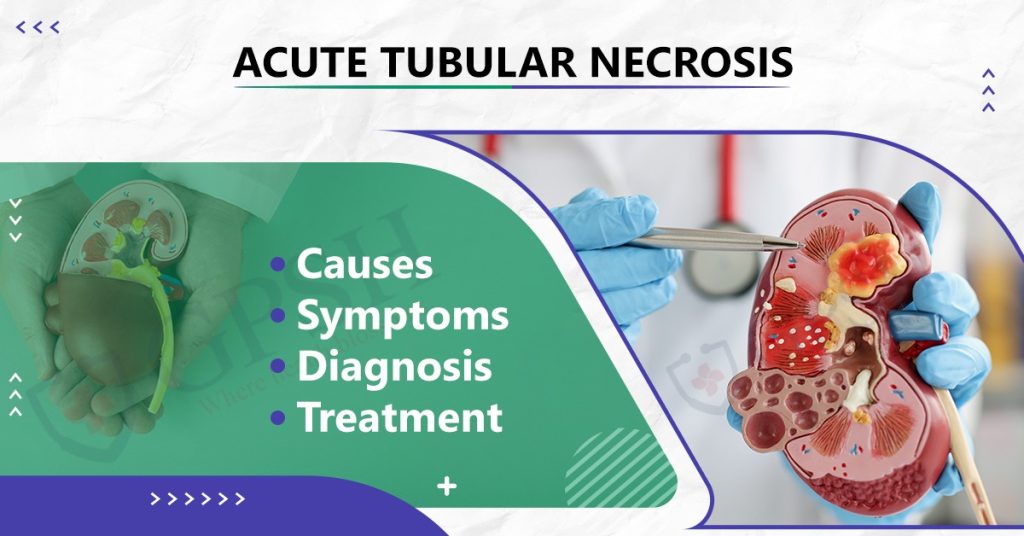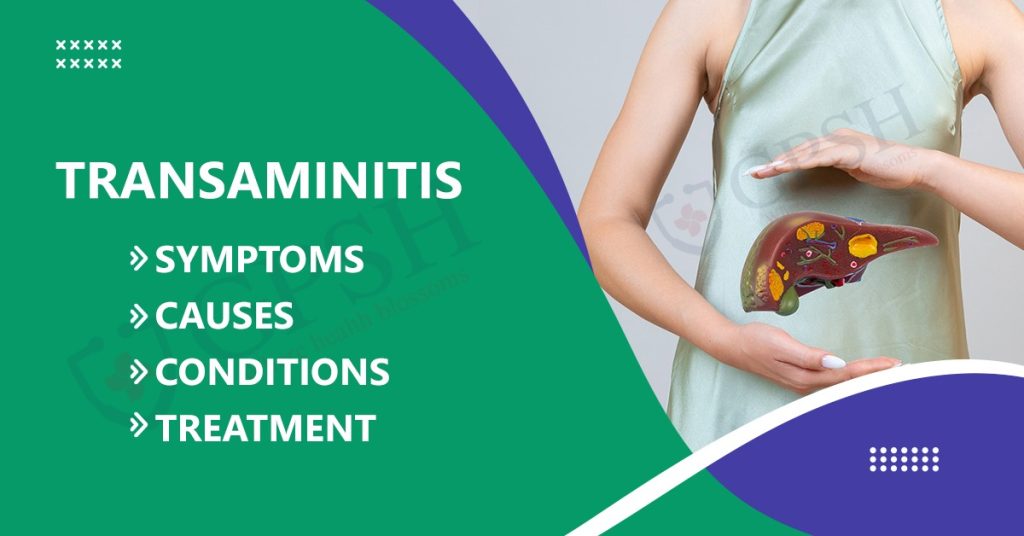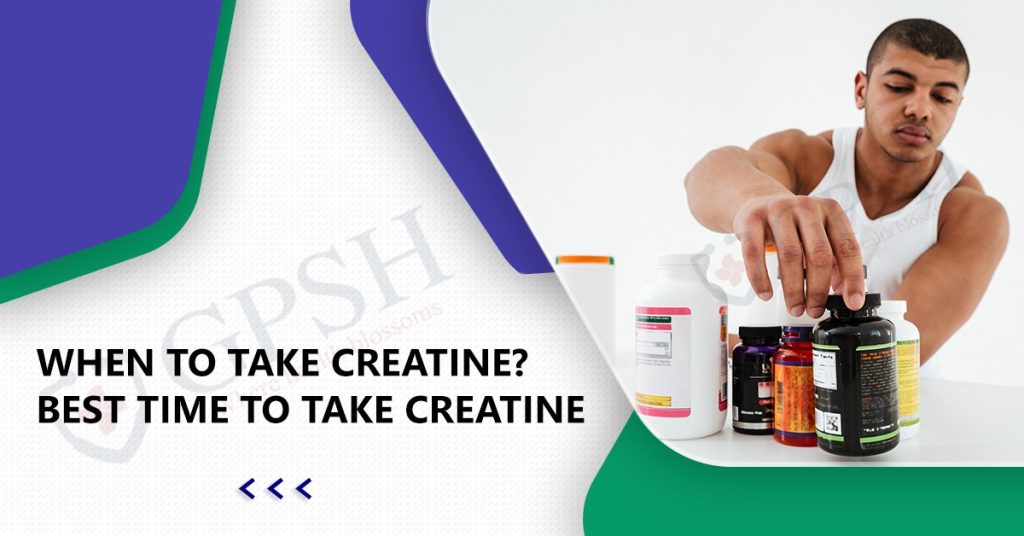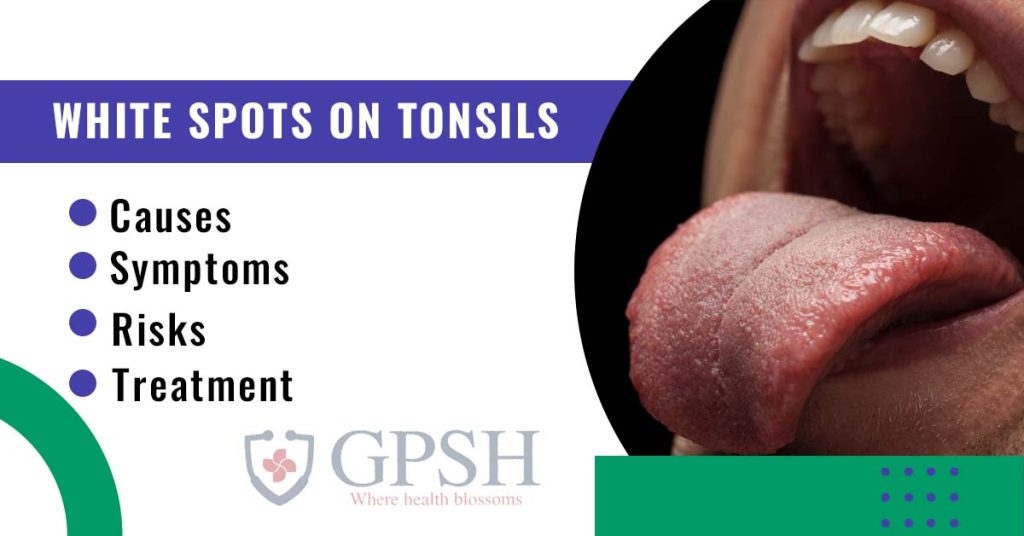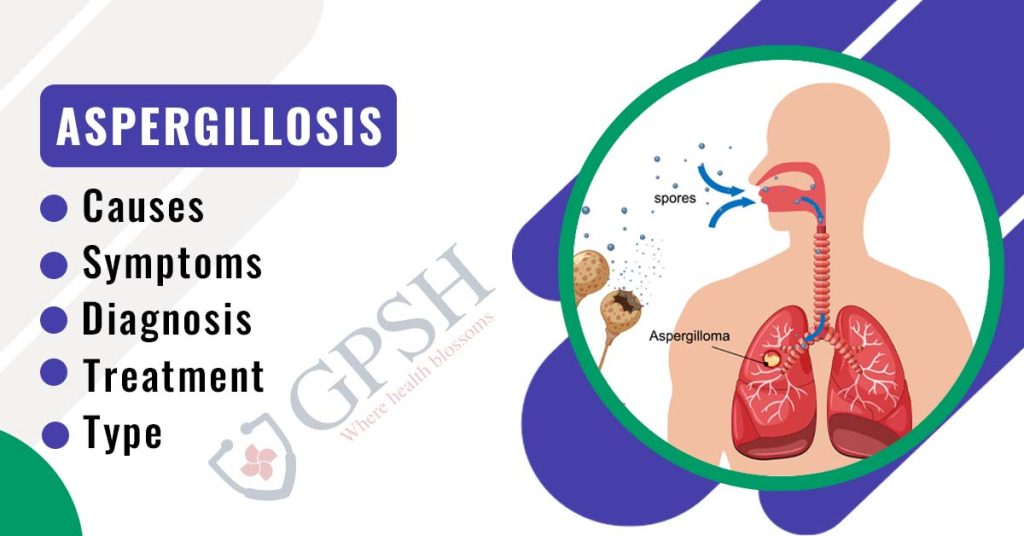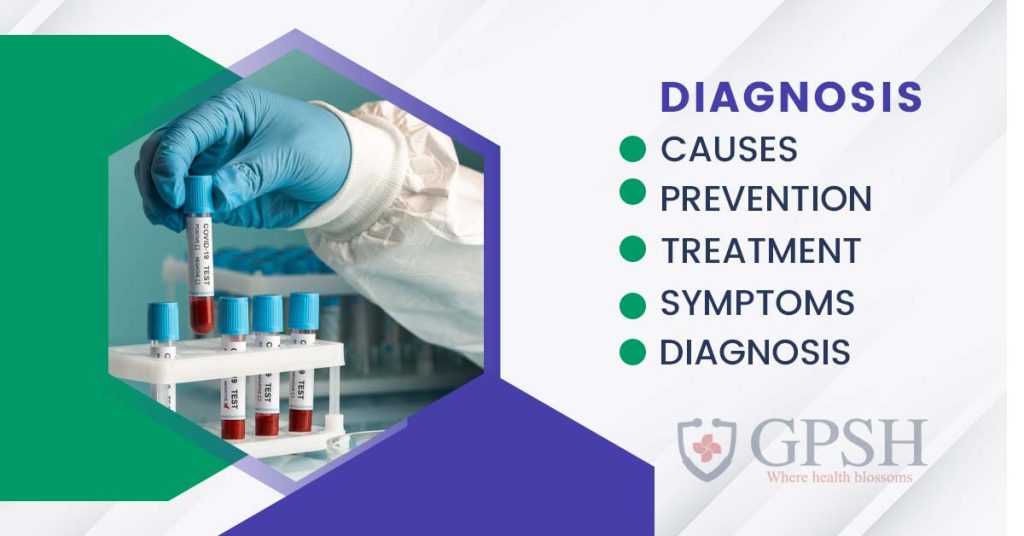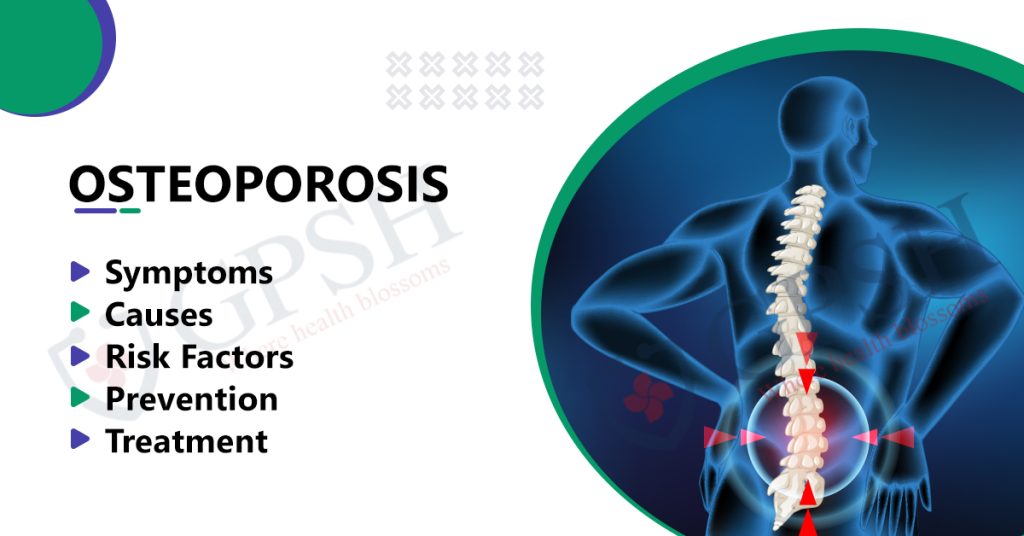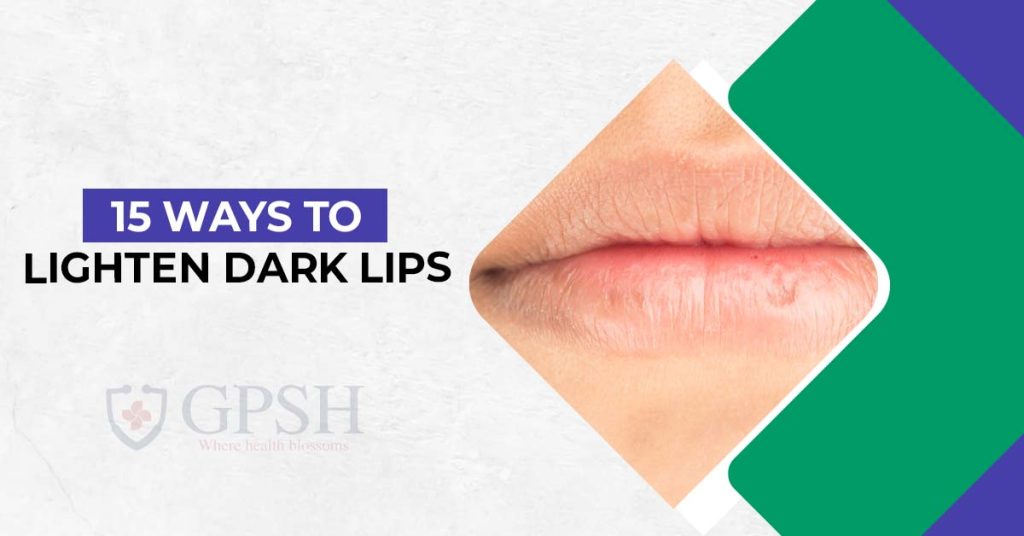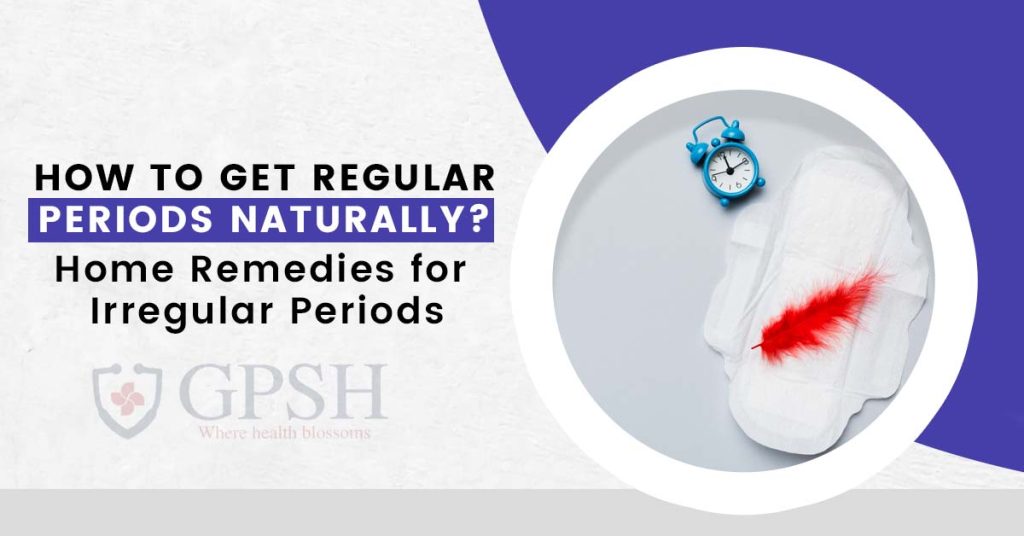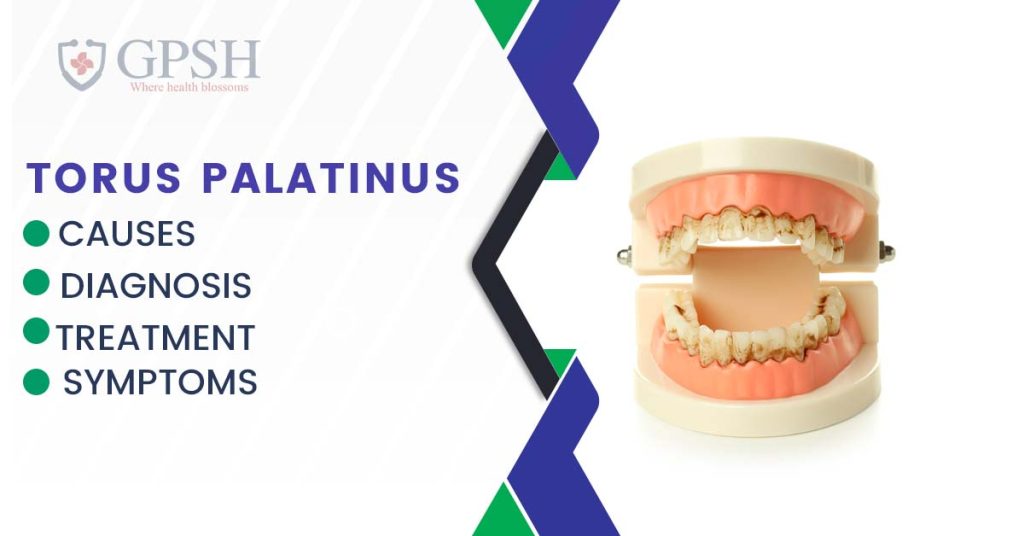Acute Tubular Necrosis: Causes, Symptoms, Diagnosis, and Treatment
What is Acute Tubular Necrosis?
The kidneys are vital organs responsible for filtering waste products, excess water, and electrolytes from the bloodstream, thus maintaining the body’s fluid and electrolyte balance. The functional unit of the kidneys is called the nephron, and each kidney contains millions of nephrons.
Within each nephron, there are various components, including a tubular system composed of several segments. These tubular segments play a crucial role in the process of urine formation
Acute tubular necrosis (ATN) is a medical condition characterized by the death of tubular cells in the kidneys. It is one of the leading causes of acute kidney injury (AKI). The kidneys contain millions of tiny tubules responsible for filtering waste products and excess fluid from the blood, which are then excreted as urine.
Causes of Acute Tubular Necrosis
Acute tubular necrosis (ATN) can be caused by several factors, including:
- Ischemic ATN: This is the most common cause of ATN. It occurs when there is a significant decrease in blood flow to the kidneys, leading to tissue damage and cell death. Ischemic ATN can be caused by conditions such as severe hypotension (low blood pressure), hypovolemia (low blood volume), shock, sepsis (severe infection), heart failure, or major surgery.
- Nephrotoxic ATN: Exposure to certain substances or medications can directly damage the renal tubular cells, leading to ATN. Common nephrotoxic agents include
- Certain antibiotics, such as aminoglycosides (e.g., gentamicin, tobramycin) and vancomycin.
- Nonsteroidal anti-inflammatory drugs (NSAIDs), especially if used in high doses or for a prolonged period.
- Contrast agents are used in imaging procedures, particularly iodinated contrast used in angiography or computed tomography (CT) scans.
- Chemotherapy drugs, such as cisplatin and methotrexate.
- Heavy metals, including lead, mercury, and cadmium.
- Solvents and industrial chemicals.
- Sepsis-associated ATN: Severe infections, particularly those leading to sepsis (a systemic inflammatory response to infection), can cause ATN. The inflammatory response and toxins released during sepsis can damage the renal tubular cells.
- Pre-renal ATN: This occurs when there is a significant decrease in renal blood flow without direct tubular damage. It can result from conditions such as dehydration, severe blood loss, or impaired cardiac function.
- Post-renal ATN: This is caused by urinary tract obstruction, which can lead to a buildup of pressure in the kidneys and subsequent damage to the tubular cells.
Symptoms of Acute Tubular Necrosis
The symptoms of acute tubular necrosis (ATN) can vary depending on the severity of the condition and the underlying cause. Some common symptoms and signs associated with ATN include
- Decreased urine output: One of the hallmark symptoms of ATN is a reduction in urine production. This can range from oliguria (low urine output) to anuria (no urine production).
- Fluid retention: Due to the kidneys’ impaired ability to remove excess fluid, fluid retention may occur. This can lead to swelling in the legs, ankles, and face, as well as weight gain.
- Electrolyte imbalances: ATN can disrupt the balance of electrolytes in the body. This may result in abnormalities such as high potassium levels (hyperkalemia), low sodium levels (hyponatremia), high phosphate levels (hyperphosphatemia), or low calcium levels (hypocalcemia).
- Fatigue and weakness: Electrolyte imbalances and fluid retention can contribute to feelings of fatigue and weakness.
- Nausea and vomiting: Some individuals with ATN may experience gastrointestinal symptoms such as nausea and vomiting.
- Changes in mental status: Severe cases of ATN can lead to confusion, disorientation, and even coma. This can be attributed to the accumulation of waste products and electrolyte imbalances in the body.
- Edema: Swelling can occur throughout the body, including the limbs, face, and abdomen, due to fluid retention.
- High blood pressure: In some cases, ATN can lead to elevated blood pressure.
Diagnosis of Acute Tubular Necrosis
The diagnosis of acute tubular necrosis (ATN) typically involves a combination of medical history evaluation, physical examination, laboratory tests, and imaging studies. The following are commonly used diagnostic approaches for ATN:
- Medical history and physical examination: The healthcare provider will assess your medical history, including any known risk factors for ATN, such as recent illness, surgery, or medication use. They will also perform a physical examination to check for signs of fluid retention, electrolyte imbalances, and kidney dysfunction.
- Blood and urine tests: Various laboratory tests can help in the diagnosis and evaluation of ATN. These may include:
- Blood urea nitrogen (BUN) and creatinine levels: Elevated levels of these waste products indicate impaired kidney function.
- Urinalysis: Examination of a urine sample can reveal the presence of red and white blood cells, casts (tubular debris), and other abnormalities.
- Urine electrolytes: Measurement of electrolyte levels in the urine can help determine the extent of tubular dysfunction.
- Fractional excretion of sodium (FENa): FENa is a calculated value that compares the amount of sodium excreted in the urine to the amount filtered by the kidneys. It helps differentiate between prerenal causes and intrinsic renal causes of acute kidney injury, including ATN.
- Imaging studies: Imaging studies may be performed to assess the structure and function of the kidneys. These may include:
- Renal ultrasound: This non-invasive test uses sound waves to visualize the kidneys. It can help identify any structural abnormalities or signs of obstruction.
- CT scan or MRI: These imaging techniques provide detailed images of the kidneys, allowing for the evaluation of kidney size, shape, and potential abnormalities.
- Kidney biopsy (in some cases): In certain situations where the cause of kidney injury is uncertain or if there is a need for a definitive diagnosis, a kidney biopsy may be performed. During a kidney biopsy, a small tissue sample is obtained and examined under a microscope to assess for tubular damage and confirm the diagnosis of ATN.
You Can Also Read:- Aspergillosis: Types, Causes, Symptoms, Diagnosis & Treatment
Risk Factors of Acute Tubular Necrosis
Several risk factors can increase the likelihood of developing acute tubular necrosis (ATN). These risk factors include
- Severe illness or injury: Individuals who are critically ill or have suffered a severe injury are at higher risk of developing ATN. Conditions such as sepsis, shock, major surgery, trauma, or burns can contribute to decreased blood flow to the kidneys and subsequent ATN.
- Pre-existing kidney disease: Individuals with pre-existing kidney disease, such as chronic kidney disease (CKD), are more susceptible to developing ATN. The kidneys in individuals with compromised renal function may be less able to withstand insults, such as reduced blood flow or nephrotoxic medications, leading to ATN.
- Advanced age: Elderly individuals are more prone to developing ATN. The aging process can affect kidney function, making older adults more susceptible to kidney damage from various causes, including reduced blood flow or nephrotoxic agents.
- Medications and toxins: Certain medications and toxic substances can directly damage the renal tubular cells and increase the risk of ATN. Nephrotoxic medications, such as aminoglycoside antibiotics, NSAIDs, chemotherapeutic drugs, and contrast agents, can contribute to ATN development. Exposure to heavy metals and certain industrial chemicals can also increase the risk.
- Dehydration and volume depletion: Conditions that lead to dehydration or reduced blood volume, such as severe diarrhea, vomiting, excessive sweating, or inadequate fluid intake, can impair renal blood flow and predispose individuals to ATN.
- Prolonged or severe hypotension: Persistent low blood pressure or episodes of severe hypotension can lead to inadequate blood flow to the kidneys, resulting in ATN.
- Diabetes and hypertension: Individuals with poorly controlled diabetes or long-standing hypertension (high blood pressure) have an increased risk of developing ATN. These conditions can lead to progressive kidney damage and impair the kidneys’ ability to tolerate insults.
- Procedures involving contrast dye: Certain medical procedures, such as angiography or CT scans, that require the use of iodinated contrast dyes can increase the risk of ATN, especially in individuals with pre-existing kidney disease or other risk factors.
Treatment of Acute Tubular Necrosis
The treatment of acute tubular necrosis (ATN) focuses on managing the underlying cause, supporting kidney function, and preventing complications. The specific treatment approach may vary depending on the severity of ATN, the underlying cause, and the individual’s overall health. Here are some common treatment strategies for ATN:
- Addressing the underlying cause: Treating the underlying condition or cause of ATN is crucial. This may involve managing infections, optimizing blood pressure, discontinuing nephrotoxic medications, correcting volume depletion, or addressing any other contributing factors. Close collaboration with healthcare providers is essential to identify and address the specific cause.
- Fluid and electrolyte management: Maintaining fluid and electrolyte balance is crucial in ATN. This may involve careful monitoring of fluid intake and output, adjusting fluid administration based on urine output and clinical status, and correcting electrolyte imbalances. Intravenous fluids and medications may be administered to restore normal electrolyte levels and maintain adequate hydration.
- Diuretics: In some cases, diuretics (medications that promote urine production) may be used to increase urine output and help remove accumulated waste products. Loop diuretics, such as furosemide, are commonly used in ATN to enhance urine flow. However, their use should be carefully considered, as their effectiveness may be limited in severe cases of ATN.
- Dialysis: In severe cases of ATN, when kidney function is severely impaired and complications arise, dialysis may be necessary. Dialysis is a procedure that removes waste products and excess fluid from the blood when the kidneys are unable to do so effectively. It can help stabilize electrolyte imbalances, manage fluid overload, and support the body’s overall functioning until the kidneys recover.
- Supportive care: Providing supportive care is essential in ATN. This includes closely monitoring vital signs, managing pain and discomfort, and addressing any complications that may arise, such as infections or respiratory issues. Nutritional support may also be necessary to meet the individual’s energy and nutrient requirements during recovery.
You Can Also Read:- When to Take Creatine? Best Time to take Creatine
Prevention of Acute Tubular Necrosis
Prevention of acute tubular necrosis (ATN) involves addressing and minimizing the risk factors that contribute to its development. Here are some preventive measures that can help reduce the likelihood of ATN:
- Adequate hydration: Maintaining proper hydration is essential to ensure adequate blood flow to the kidneys. Drink an appropriate amount of fluids, especially during periods of increased fluid loss, such as during illness, hot weather, or physical activity. Adequate hydration can help prevent dehydration and volume depletion, which are risk factors for ATN.
- Medication management: Carefully manage medications to reduce the risk of nephrotoxicity. Follow prescribed dosages and duration, and avoid taking medications that can potentially harm the kidneys without medical supervision. Inform healthcare providers about any pre-existing kidney conditions or medications you are taking to prevent potential drug interactions or increased risk of kidney damage.
- Contrast dye precautions: If you need a medical procedure involving the use of contrast dye, especially if you have pre-existing kidney disease or other risk factors, discuss the potential risks with your healthcare provider. They may take precautions such as using lower doses of contrast dye or prescribing medications to protect the kidneys before and after the procedure.
- Avoidance of harmful substances: Minimize exposure to substances known to be nephrotoxic, such as heavy metals, industrial chemicals, and certain solvents. Follow appropriate safety measures if you work in an environment with potential exposure to such substances.
- Blood pressure and diabetes management: If you have hypertension or diabetes, work with your healthcare provider to control these conditions and minimize their impact on kidney health. Follow recommended lifestyle modifications, take prescribed medications as directed, and monitor your blood pressure and blood sugar levels regularly.
- Prompt treatment of infections and sepsis: Infections, particularly severe ones leading to sepsis, can increase the risk of ATN. It is important to seek prompt medical attention for infections and adhere to appropriate treatment protocols to prevent complications that may impact kidney function.
- Close monitoring in high-risk situations: Individuals who are critically ill, undergoing major surgery, or experiencing severe medical conditions are at higher risk of ATN. In these situations, close monitoring of kidney function, blood pressure, and fluid balance can help identify early signs of kidney injury and allow for timely intervention.
Summary
Acute tubular necrosis (ATN) is a condition characterized by the death of cells in the renal tubules, which are responsible for filtering and reabsorbing substances in the kidneys. It is most commonly caused by reduced blood flow to the kidneys (ischemic ATN) or exposure to nephrotoxic substances (nephrotoxic ATN). Risk factors include severe illness or injury, pre-existing kidney disease, advanced age, certain medications, and dehydration. Symptoms may include decreased urine output, fluid retention, electrolyte imbalances, fatigue, nausea, and mental changes. Diagnosis involves medical history evaluation, physical examination, blood and urine tests, and imaging studies. Treatment involves addressing the underlying cause, managing fluid and electrolyte balance, using diuretics or dialysis when necessary, and providing supportive care. Prevention focuses on proper hydration, medication management, precautions during contrast dye procedures, avoiding harmful substances, managing blood pressure and diabetes, and close monitoring in high-risk situations. Early detection and appropriate management are important for optimizing outcomes in ATN.
Acute Tubular Necrosis: Causes, Symptoms, Diagnosis, and Treatment Read More »


